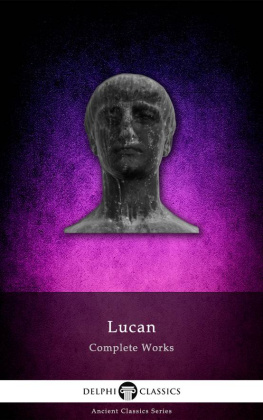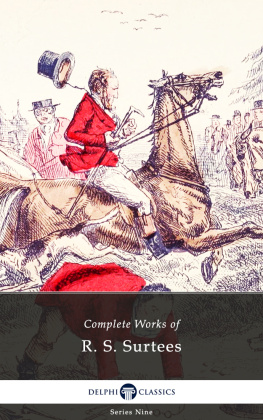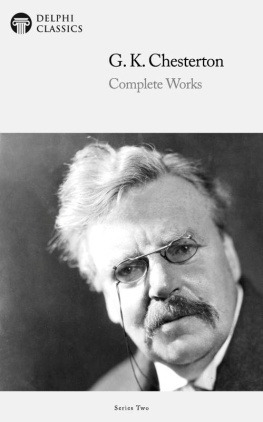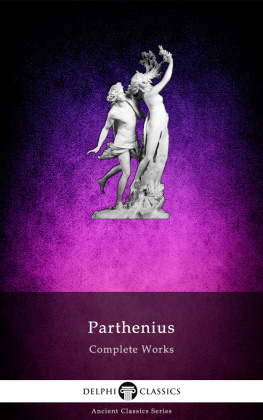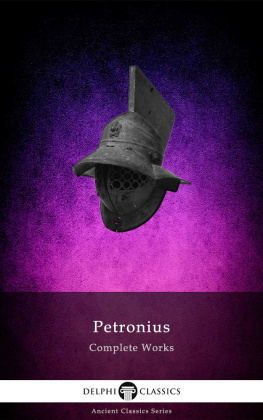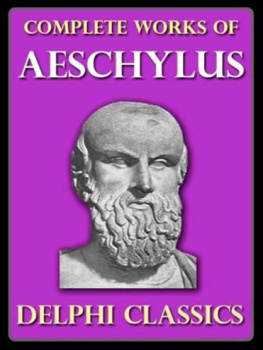
The Complete Works of
ARATUS
(C. 315 BC-240 BC)

Contents

Delphi Classics 2021
Version 1

Browse Ancient Classics







The Complete Works of
ARATUS OF SOLI

By Delphi Classics, 2021
COPYRIGHT
Complete Works of Aratus of Soli
First published in the United Kingdom in 2021 by Delphi Classics.
Delphi Classics, 2021.
All rights reserved. No part of this publication may be reproduced, stored in a retrieval system, or transmitted, in any form or by any means, without the prior permission in writing of the publisher, nor be otherwise circulated in any form other than that in which it is published.
ISBN: 978 1 80170 002 3
Delphi Classics
is an imprint of
Delphi Publishing Ltd
Hastings, East Sussex
United Kingdom
Contact: sales@delphiclassics.com

www.delphiclassics.com
The Translations

Roman ruins at Soli, Cilicia, present-day Turkey Aratus birthplace
Appearances

Translated John Lamb (1848) and G. R. Mair (1921)
Aratus of Soli (c. 315245 BC) in Cilicia was a didactic poet at the court of Antigonus Gonatas of Macedonia, where he wrote his famous astronomical poem Phaenomena (Appearances). It describes the constellations and other celestial phenomena, while the second half is called the Diosemeia (Forecasts), and is chiefly concerned with weather lore.
Several accounts of Aratus life by anonymous Greek writers survive and the Suda and Eudocia also mention him. It appears that he was a native of Soli, (although one authority states Tarsus). He is known to have studied with Menecrates in Ephesus and Philitas in Cos. As a disciple of the Peripatetic philosopher Praxiphanes in Athens, he became acquainted with the Stoic philosopher Zeno, as well as the learned poet Callimachus of Cyrene and Menedemus, the founder of the Eretrian school. In c. 276 BC he was invited to the court of the Macedonian king Antigonus II Gonatas, whose victory over the Gauls in 277 Aratus was commissioned to set to verse. Here he wrote his celebrated Phenomena . He then stayed for a time at the court of Antiochus I Soter of Syria, but he subsequently returned to Pella in Macedon, where he died sometime before 240. His chief pursuits were reportedly medicine, which is believed to have been his principal profession, grammar and philosophy.
Several poetical works on various subjects, as well as a number of prose epistles, are attributed to Aratus, but none of them have come down to us, except his two astronomical poems in hexameter. These have generally been joined together as if parts of the same work, though they appear to be separate poems: the first, called Phenomena, consists of 732 verses; the second, Diosemeia , comprises 422 verses.
The Phenomena appears to be based on two prose works by Eudoxus of Cnidus, written about a century earlier. The biographers of Aratus inform us that it was the desire of Antigonus to have Eudoxus works turned into verse and it appears from the fragments of Eudoxus text preserved by Hipparchus, that Aratus has closely imitated his model. The purpose of the Phenomena is to give an introduction to the constellations, with the rules for their risings and settings; and of the circles of the sphere, amongst which the Milky Way is reckoned. The positions of the constellations, north of the ecliptic, are described by reference to the principal groups surrounding the North Pole (Ursa Major, Ursa Minor, Draco and Cepheus), whilst Orion serves as a point of departure for those to the south. The immobility of the Earth and the revolution of the sky about a fixed axis are maintained. Aratus goes on to explain the path of the Sun in the zodiac, yet the planets are introduced merely as bodies having a motion of their own, without any attempt to define their periods; nor is there any mention of the Moons orbit. From the lack of precision in the descriptions, it would appear that Aratus was neither a mathematician nor an observer of scientific accuracy. He often represents the configurations of particular groups incorrectly, although these errors should be partly attributed to Eudoxus himself, and partly to the way in which Aratus has used the materials supplied by him. Hipparchus (about a century later), who was a scientific astronomer and observer, has left a commentary upon the Phenomenas of Eudoxus and Aratus, accompanied by the discrepancies which he had noticed between his own observations and their descriptions.
The Diosemeia consists of forecasts of the weather from astronomical phenomena, with an account of its effects upon animals. It appears to be an imitation of Hesiod, and to have been later imitated by Virgil in some sections of the Georgics . The materials are said to be taken almost wholly from Aristotles Meteorologica and from the work of Theophrastus .
Aratus poems were very popular both in the Greek and Roman world, as demonstrated by the large number of commentaries and Latin translations. He enjoyed immense prestige among Hellenistic poets, including Theocritus, Callimachus and Leonidas of Tarentum. This assessment was passed on to the Latin poets, including Ovid, Virgil and the great Cicero. However, Quintilian was less enthusiastic. Aratus was also cited by the author of Acts (believed to be Luke the Evangelist), in Acts 17:28 , where he relates Saint Pauls address on the Areopagus, giving testament to his ancient reputation.

Latin publication of the text, Christophorum Raphelengium Academiae Lugduno-Batauae, 1600
CONTENTS

Next page




